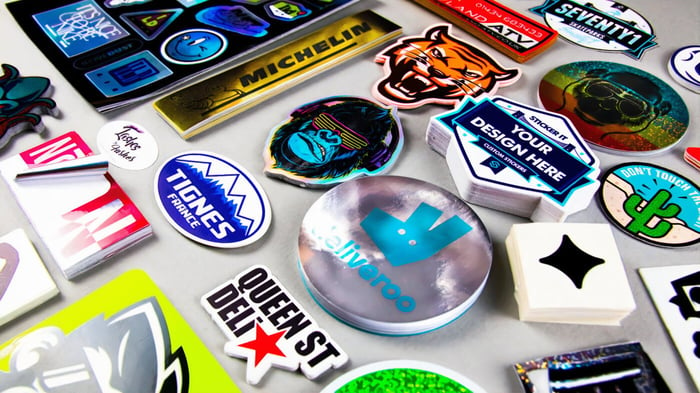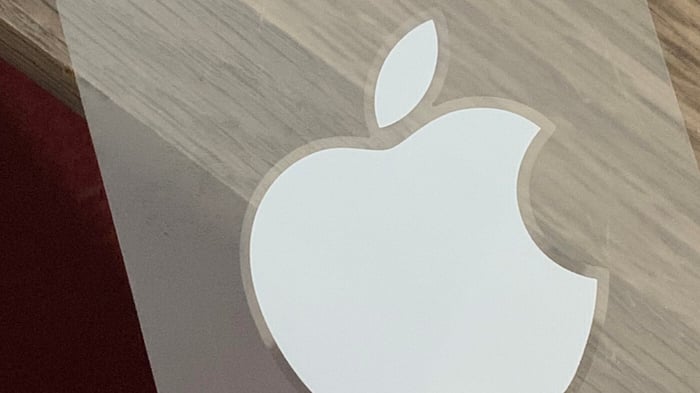We believe that marketing to Millennials is essential for businesses to thrive, as they make up the largest generation in the workforce and one in four are parents. Custom promotional stickers can be a great addition to your marketing mix for several reasons.
Firstly, Millennials often share their opinions through word of mouth, which is becoming increasingly important in the sharing economy. Stickers are a way to encourage word of mouth both online and offline, as they serve as badges that broadcast their interests and values. This is especially important as Millennials care more about the values a business stands for rather than the products they offer.
Secondly, Millennials are more interested in experiences than material possessions. Stickers can serve as physical badges that document and broadcast these experiences, which can further encourage word of mouth.
Thirdly, Millennials are content creators and want to participate in co-creation of products and brands. User-generated content is more trustworthy and memorable than brand imagery. Stickers can be a way to involve fans and customers in the creation of content and marketing.
Two great examples of businesses that have effectively used stickers in their marketing are The Grateful Dead and J Skis. The Grateful Dead encouraged the creation of stickers and t-shirts by their fans, which helped to grow their community and succeed through word of mouth. J Skis founder Jason Levinthal involves his customers and community in the creation of his product and marketing, using stickers as his number one way of leveraging his consumer following.
Sticker Marketing is an important part of the shift towards Millennial Marketing. As traditional advertising becomes less influential, businesses should focus on permission and connection-based marketing. There is nothing more effective and influential than word of mouth marketing and endorsements from trusted sources.






